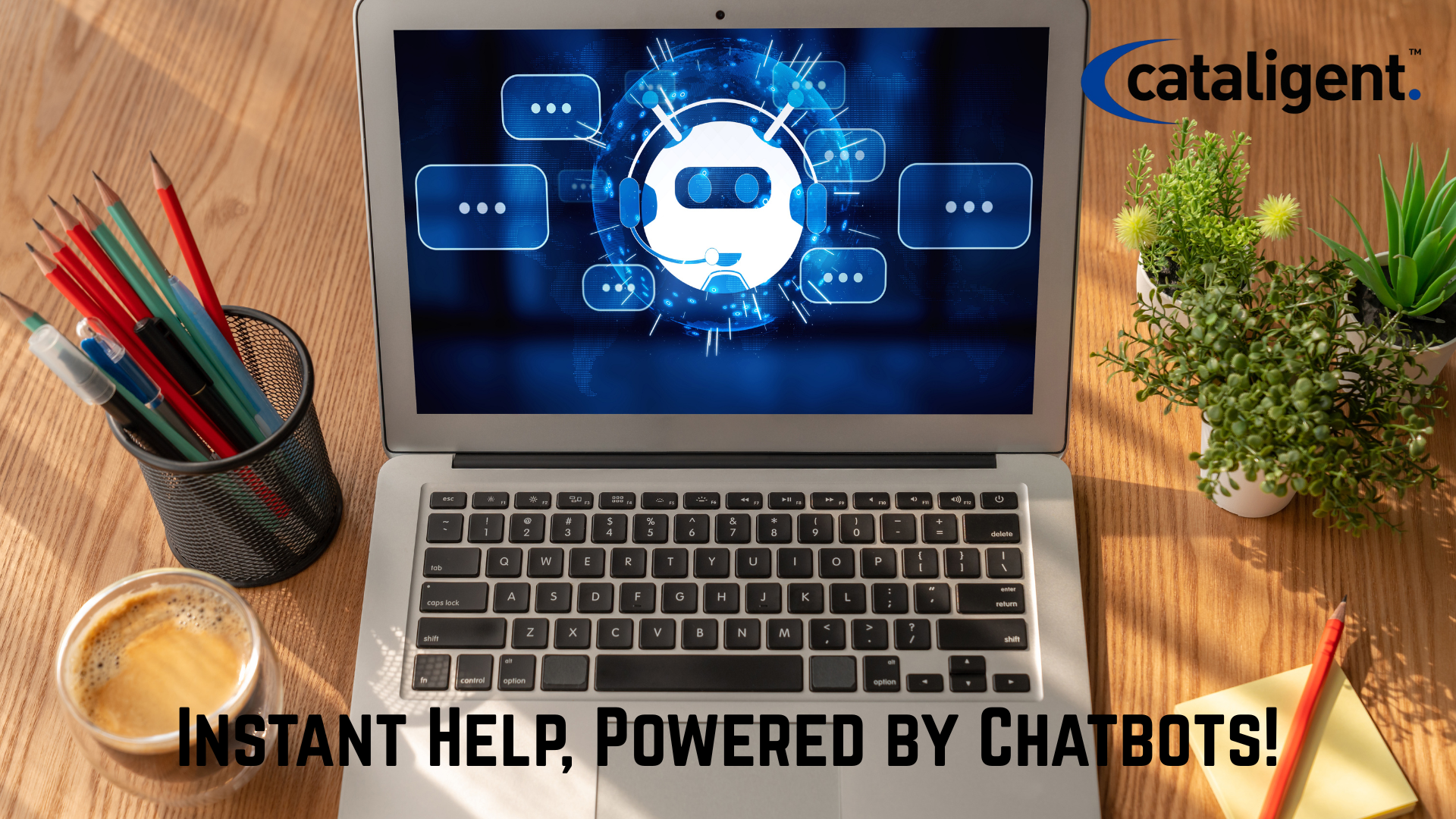In today’s fast-paced digital landscape, organizations are constantly seeking ways to improve efficiency, reduce costs, and provide better user experiences. One area of significant transformation is IT Service Management (ITSM). The integration of chatbots into ITSM platforms has emerged as a powerful tool for enhancing self-service capabilities. By enabling users to solve common issues independently, chatbots can streamline service desk operations and improve overall satisfaction.
Understanding ITSM Self-Service
ITSM self-service refers to a model where users can resolve IT-related issues or requests without direct intervention from service desk staff. This typically involves accessing a service portal, browsing a knowledge base, or submitting service requests online. The goal is to empower users to handle routine problems—such as password resets, software installations, or policy lookups—on their own, freeing up IT personnel to focus on more complex tasks.
The Role of Chatbots in ITSM
Chatbots are AI-driven programs designed to simulate human conversation. In the context of ITSM, chatbots act as virtual service agents that interact with users, guide them through troubleshooting steps, and provide instant access to information and services. When integrated properly, chatbots can:
- Provide 24/7 support
- Automate repetitive queries
- Reduce response and resolution times
- Increase user satisfaction
Key Capabilities of ITSM Chatbots
- Automated Ticket Creation
- Users can report incidents or requests through chatbots, which automatically log them into the ITSM system.
- Knowledge Base Integration
- Chatbots can access and present relevant knowledge articles, guiding users step-by-step to resolve issues.
- Natural Language Processing (NLP)
- Enables chatbots to understand and respond to queries in natural, conversational language, enhancing usability.
- Contextual Awareness
- Advanced chatbots use historical data and user context to offer personalized solutions.
- Multi-Channel Support
- Chatbots can be deployed on platforms like Slack, Microsoft Teams, mobile apps, or web portals, making them easily accessible.
Benefits of Using Chatbots in ITSM Self-Service
1. Improved User Experience
Chatbots provide instant, interactive assistance that is available around the clock. Users get quick answers to their problems without waiting in long service queues.
2. Cost Efficiency
By handling a high volume of routine queries, chatbots reduce the need for human agents, resulting in significant cost savings.
3. Scalability
Chatbots can handle thousands of interactions simultaneously, making them ideal for growing organizations or during peak service times.
4. Faster Incident Resolution
With immediate access to knowledge and automated actions, users can resolve issues in minutes rather than hours.
5. Enhanced IT Staff Productivity
Freeing up support teams from repetitive tasks allows them to focus on strategic projects and complex problems.
Best Practices for Implementing Chatbots in ITSM
1. Define Clear Use Cases
Start with simple, high-volume scenarios such as password resets, access requests, or policy queries.
2. Integrate with Existing ITSM Tools
Ensure chatbots are connected to systems like ServiceNow, Jira Service Management, or BMC Remedy for seamless operations.
3. Train the Bot with Quality Data
Use historical tickets and knowledge base content to train the chatbot effectively. Regularly update this data.
4. Enable Escalation Paths
Ensure users can easily escalate to a human agent when the chatbot cannot resolve the issue.
5. Monitor and Improve Performance
Track key metrics such as resolution time, user satisfaction, and deflection rate to refine chatbot performance.
Challenges and Considerations
- User Adoption: Encourage usage through internal campaigns and training.
- Security and Privacy: Ensure data handled by chatbots complies with security policies and regulations.
- Complex Queries: Chatbots may struggle with nuanced or multifaceted issues, requiring backup support from human agents.
- Maintenance: Chatbots require continuous improvement and updates to remain effective.
Future of Chatbots in ITSM
The integration of machine learning and artificial intelligence (AI) is enabling chatbots to become smarter and more context-aware. Future advancements may include predictive assistance, emotional intelligence, and deeper integrations with enterprise tools. As self-service becomes more sophisticated, chatbots will play a critical role in transforming IT support into a proactive, user-centered function.
Conclusion
Chatbots are redefining ITSM self-service by offering a scalable, cost-effective, and efficient alternative to traditional support models. When implemented thoughtfully, they not only improve service desk operations but also enhance the end-user experience. As technology evolves, chatbots will become an indispensable part of modern IT service strategies.
Organizations looking to improve their IT service delivery and increase operational efficiency should consider integrating chatbots into their ITSM framework. With the right planning and execution, chatbots can drive significant value and transform the way IT services are delivered.

